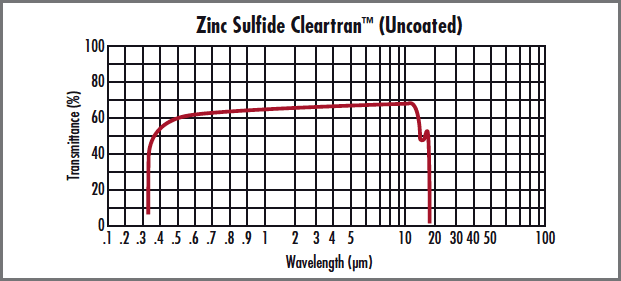In February 2012, the Ministry of Industry and Information Technology released the "12th Five-Year Development Plan for the Solar Photovoltaic Industry." This plan aimed to guide the industry's growth and promote a more sustainable development path. At that time, the polysilicon production layout showed strong regional characteristics, with each area leveraging its own advantages to develop the industry. However, the sector was in a period of adjustment, and optimizing capacity and restructuring were crucial challenges.
The entry standards for the polysilicon industry, introduced in 2010, had become outdated, requiring urgent revision. Authorities needed to raise these standards and strictly enforce project approvals to eliminate outdated and excess production capacity from the start. In March 2012, the U.S. Department of Commerce announced preliminary results of anti-subsidy measures against Chinese photovoltaics, which had a severe impact on the sector.
China’s PV industry was facing multiple issues: rapid expansion had led to overcapacity, causing profits to decline and internal management problems to rise. The U.S. “double anti†investigation added further pressure, as it threatened to worsen the situation by increasing import taxes. The U.S. government's move was partly driven by domestic economic concerns, including slow recovery and high unemployment. It also coincided with an election year, where trade disputes were used to divert public attention from other pressing issues.
In response, China initiated countermeasures against the U.S. investigations. While there were risks in targeting European and American markets, it was also important to avoid overextending resources. On the other hand, taking action against Japanese imports could be a strategic move, as the volume was manageable and would demonstrate China’s determination to protect its interests.
In July 2012, the National Energy Administration issued the “Twelfth Five-Year Plan for the Development of Solar Power Generation,†aiming to support domestic growth. However, many PV companies struggled with internal and external challenges. Without effective measures, survival was difficult, and long-term development remained uncertain.
The construction of photovoltaic power plants was key to opening up the domestic market, but large-scale distributed generation was not yet feasible due to capital, technology, and policy constraints. Local governments needed to rethink their strategies and avoid creating new overcapacity.
By September 2012, top Chinese PV companies suffered major losses, largely due to poor management and overexpansion. The European Commission then launched an anti-dumping investigation, intensifying global tensions. Germany, in particular, faced backlash from its own PV sector, while the EU sought to shift focus from its debt crisis.
In October 2012, the State Grid Corporation issued guidelines for distributed photovoltaic grid connections, signaling a step toward better integration. However, electricity pricing policies remained a critical issue, as high costs continued to hinder profitability.
In November 2012, China launched a trade war against the EU’s anti-dumping measures. Taking action was seen as necessary to protect domestic companies and maintain a fair international trade environment. India also joined the trend by launching an anti-dumping investigation against Chinese solar cells, though its actions were viewed as premature and potentially self-harming.
Looking ahead, the future of China’s PV industry lies in specialization and professional management. Companies had previously focused on scale rather than quality, leading to inefficiencies and weak core competitiveness. Moving forward, streamlining operations and improving management would be essential for long-term success.
Zinc Sulfide Lens
Multi-spectral grade of zinc sulfide has low absorption and scatter properties over its broad transmission range of 0.4 - 12μm. Zinc Sulfide Multispectral is a chemically vapor deposited material which is commonly used in thermal imaging. With its excellent transmission properties in the visible and infrared, Zinc Sulfide Multispectral is the material of choice for systems that have both visible and mid-wave or long-wave infrared sensors. It is slightly harder and more chemically resistant than zinc selenide.
We consistently offer various high quality optical components according to the customer's requirements use other infrared materials. Such as prisms,Spherical Lens, aspherial lens,Ball lens,Optical Windows,Achromatic Lens,cylinder lens etc.
       


Â
|
ZnS lens and ZnS windows specifications:
|
 |
 |
| Â |
Standard precision |
High-precision |
| Dimension Tolerance |
φ5-100mm+0/-0.2 |
φ3-250mm+0/-0.2 |
| Center Thickness Tolerance |
1-15mm+/-0.1 |
1-30mm+/-0.05 |
| Centration |
1 arc minutes |
10 arc seconds |
| Surface Quality |
60/40 |
40/20 |
| Power(fringe@633nm) |
N<λ@633nm(in 25mm) |
N<λ/4@633nm(in 25mm) |
| Clear Aperture |
>90% |
>95% |
| Chamfer |
Protected <0.5mmx45deg |
Protected <0.5mmx45deg |
Â
Zinc Sulfide Lens,Zns Spherical Lens,Zinc Sulfide Aspherical Lens,Zns Plano-Convex Lens
China Star Optics Technology Co.,Ltd. , https://www.csoptlens.com



